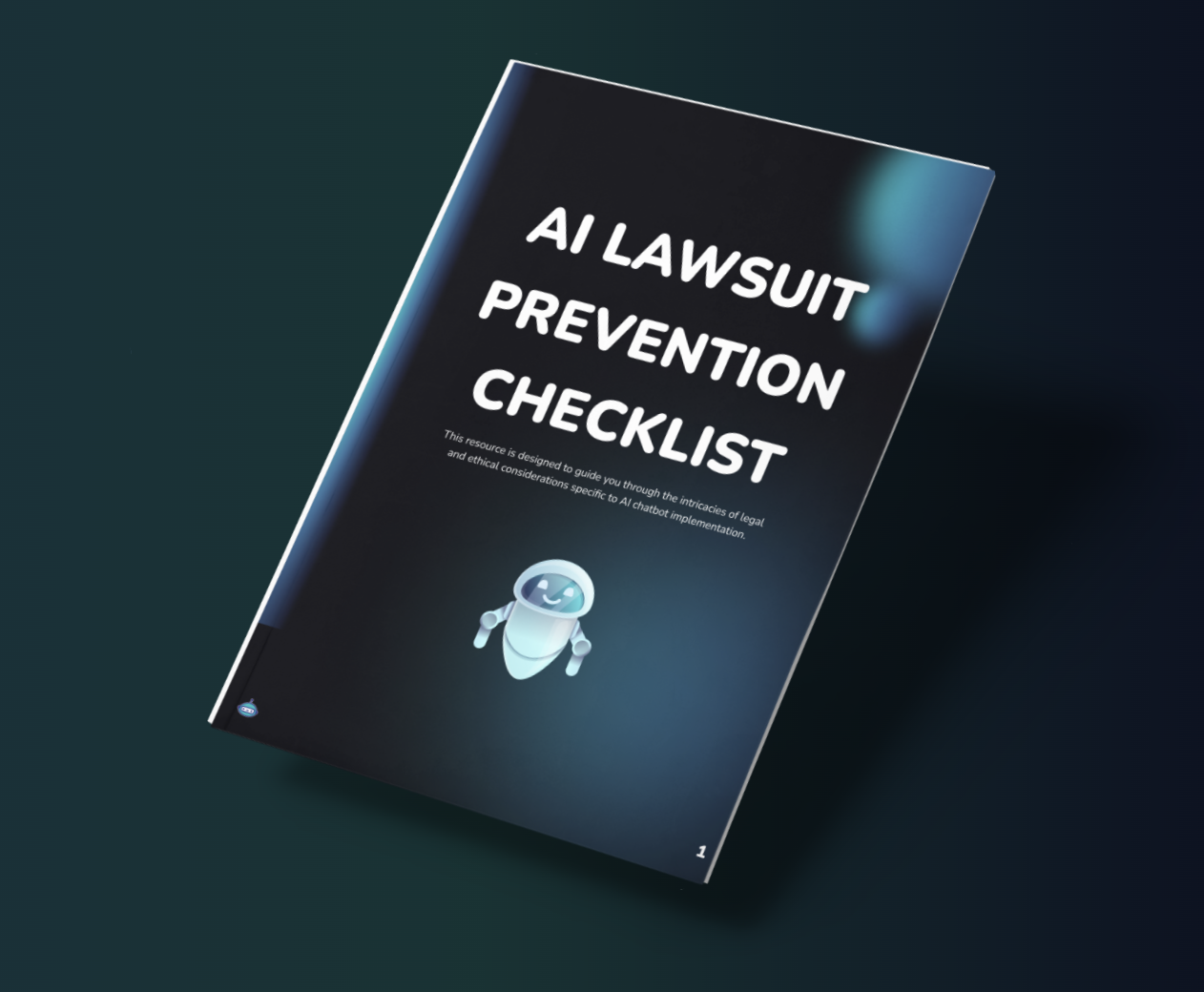AI Lawsuits: Everything You Need to Know
As artificial intelligence (AI) continues to evolve and integrate into various sectors, it brings with it a host of legal challenges. Understanding AI-related lawsuits is essential for businesses, governments, and individuals who use or develop AI technologies. This comprehensive guide delves into the nuances of AI lawsuits, providing valuable insights into the legal landscape surrounding AI.
Introduction to AI Lawsuits
AI lawsuits arise from the unique and complex nature of AI technologies. These legal disputes can stem from various issues, including data privacy violations, intellectual property infringements, algorithmic bias, and unforeseen consequences of AI decision-making. As AI systems become more prevalent, understanding the potential legal ramifications is crucial for mitigating risks and ensuring compliance with evolving regulations.
Common Grounds for AI Lawsuits
-
Data Privacy Violations: AI systems often rely on vast amounts of data, raising concerns about how this data is collected, stored, and used. Violations of data privacy regulations, such as the General Data Protection Regulation (GDPR), can lead to significant legal actions against organizations that misuse or fail to protect personal data.
-
Intellectual Property Infringements: AI technologies can inadvertently infringe on existing patents, copyrights, or trademarks. For instance, AI-generated content might replicate protected works without authorization, leading to intellectual property disputes.
-
Algorithmic Bias: AI algorithms can exhibit biases that result in unfair or discriminatory outcomes. These biases can stem from the data used to train the AI or from inherent flaws in the algorithm's design. Lawsuits related to algorithmic bias are becoming more common as affected parties seek redress for discriminatory practices.
-
Product Liability: AI systems used in critical applications, such as healthcare, autonomous vehicles, and financial services, can cause harm if they malfunction or make erroneous decisions. Product liability lawsuits can arise when AI systems fail to perform as expected, leading to damages or injuries.
-
Employment and Labor Issues: The deployment of AI in the workplace can lead to disputes over job displacement, employee monitoring, and workplace discrimination. Labor unions and affected employees may file lawsuits if they believe AI technologies are being used unfairly or unlawfully.
High-Profile AI Lawsuits
Several high-profile AI lawsuits have set precedents and shaped the legal landscape for AI technologies. Understanding these cases provides valuable insights into potential legal pitfalls and best practices for mitigating risks.
1. New York City Government Controversy: The city's AI chatbot, designed to assist small business owners, came under fire for dispensing incorrect advice. It misstates local policies, advises businesses to violate the law, and even suggests that a restaurant could serve cheese nibbled by a rodent. These errors misled users and undermined public trust, resulting in significant negative publicity and reputational damage.
2. Air Canada Negligent Misrepresentation: Air Canada's chatbot misled a grieving passenger by suggesting they could apply for bereavement fares retroactively, directly contradicting the airline's actual policy. This incident led to a legal ruling branding the chatbot's actions as "negligent misrepresentation." The ruling proved that organizations could be prosecuted for the false promises made by their AI systems.
3. Car Dealership Incident: A local car dealership's AI chatbot, powered by ChatGPT, was manipulated by pranksters to make absurd offers, including selling a car for $1. Although the sale did not go through, the incident demonstrated the potential for significant financial damage due to AI misbehavior. This incident underscores the need for careful monitoring and control of AI chatbots to prevent unauthorized actions and controversy.
Mitigating Legal Risks in AI Deployment
To reduce legal risks related to AI, organizations should conduct comprehensive risk assessments before deploying AI systems, ensuring transparency and accountability in AI operations, implementing robust data privacy practices, regularly auditing AI systems, engaging legal and ethical experts, and incorporating human validation and oversight into AI workflows, especially in high-stakes applications. These strategies help identify and mitigate potential legal and ethical issues, comply with data privacy regulations, and align AI decisions with ethical and legal standards.
AI Lawsuit Prevention Checklist
Our AI Lawsuit Prevention Checklist can help you establish protocols and defenses to prevent malicious users from manipulating AI systems. Here’s an overview of some key areas to focus on:
-
Prompt Injection: Strengthen input validation processes to prevent malicious users from injecting harmful or unauthorized prompts into AI systems. Conduct penetration tests, use fuzz testing, and set up automated alerts to monitor for signs of prompt injection.
-
Jailbreaking: Enhance security measures to prevent users from circumventing the AI’s operational protocols. Implement stringent context checks and user intent analysis, and set up continuous monitoring tools.
-
Sensitive Data Disclosure: Implement strategies to protect sensitive data from being inadvertently disclosed by AI systems. Establish protocols for regular audits and logging of all AI interactions that could involve sensitive data.
-
Toxicity, Bias, and Harmful Responses: Deploy safeguards against the generation of biased, toxic, or harmful responses by AI. Conduct regular content audits, simulate interactions, and implement automated content moderation tools.
-
Privilege Escalation: Prevent AI systems from accessing unauthorized data or performing actions beyond their intended scope. Implement strict access controls, review and adjust permission settings, and conduct regular security audits.
-
Negligent Misrepresentation: Ensure AI-generated information is accurate and based on verified data. Conduct accuracy audits, develop data handling protocols, and optimize AI systems to handle high traffic without compromising the quality of information provided.
Conclusion
AI lawsuits represent a complex and evolving aspect of the legal landscape. By understanding the common grounds for AI-related legal actions and adopting proactive measures to mitigate risks, organizations can navigate the challenges of AI deployment more effectively.
Staying informed about high-profile cases and future legislative developments is essential for maintaining compliance and leveraging AI technologies responsibly. If you want to learn more about ensuring your AI systems are compliant and legally sound, contact await.ai today. Our product, Await Cortex, offers advanced features such as human validation, robust data privacy practices, and comprehensive risk assessments to help you deploy AI safely and ethically.



